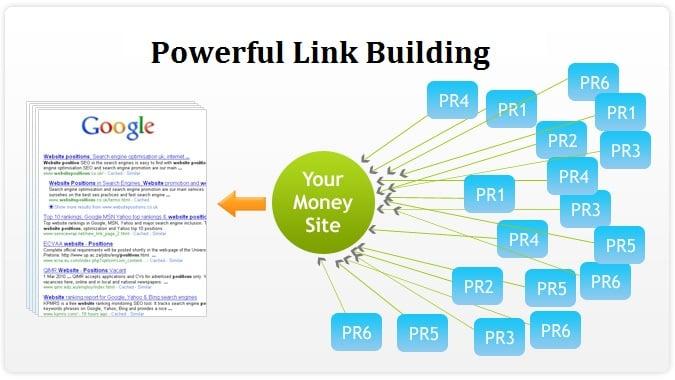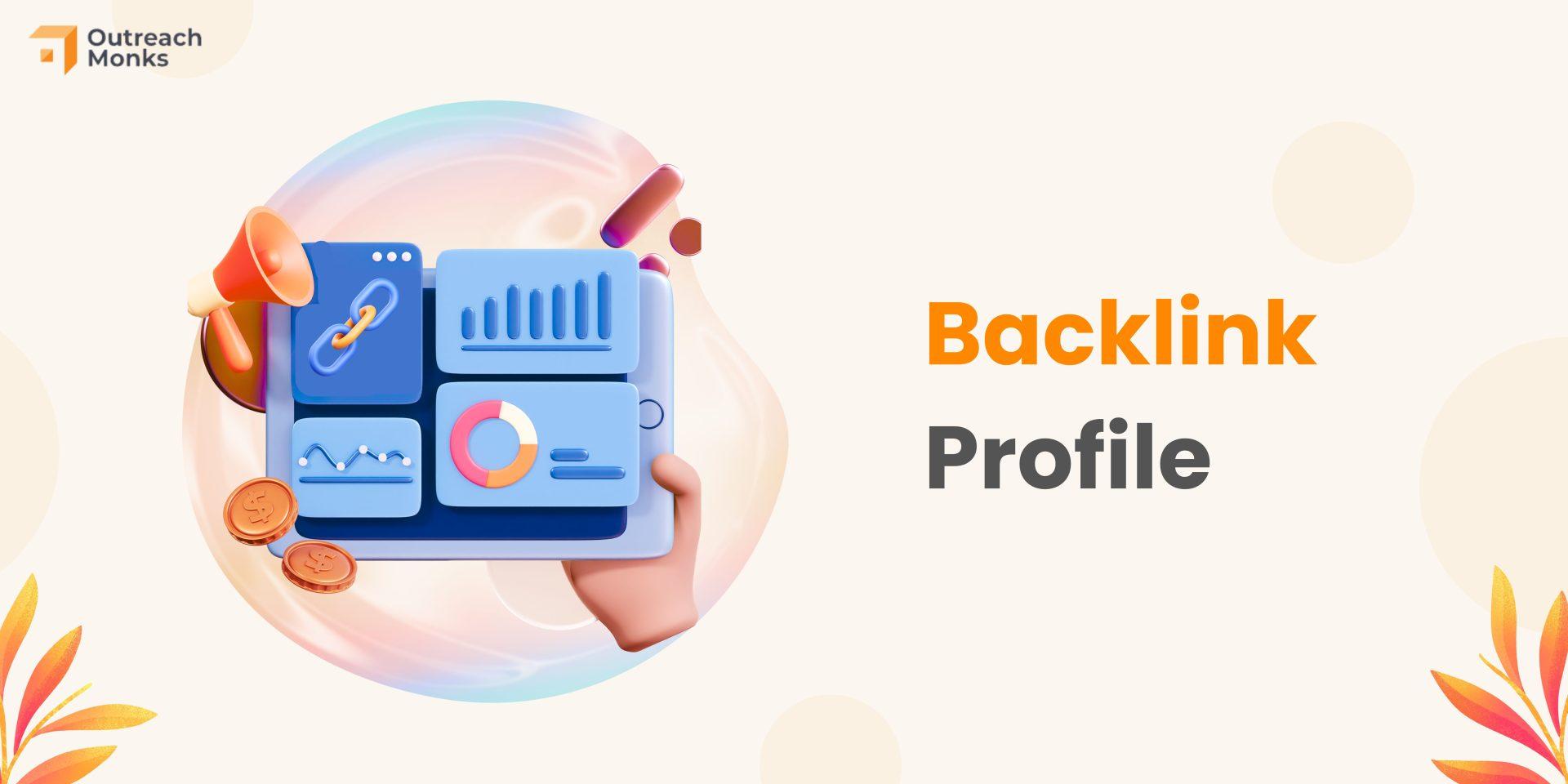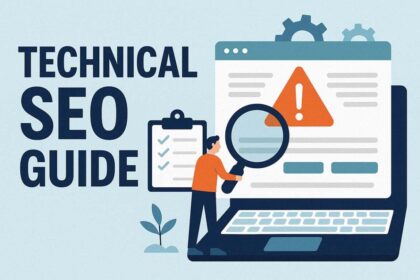In the dynamic realm of digital marketing, where algorithms evolve and competition intensifies, the pursuit of visibility remains paramount. Among the myriad strategies that promise to elevate a website’s stature, backlinks emerge as a formidable ally—an oft-overlooked yet potent driving force in the quest for search engine optimization (SEO) success. Crafting a winning backlink strategy can not only enhance your site’s authority but also establish genuine connections within your industry. As we embark on this exploration, we will unravel the art and science of building a robust backlink portfolio, revealing techniques to navigate the complexities of link building, and ultimately, to propel your online presence to new heights. Whether you’re a seasoned SEO veteran or a novice freelancer, understanding the nuances of effective backlinking can be your ticket to unlocking the doors of digital triumph.
Understanding the Importance of Backlinks in SEO
Backlinks are often considered the backbone of a successful SEO strategy, playing a vital role in how search engines evaluate the credibility and authority of a website. When another reputable site links to yours, it signals to search engines that your content is valuable and trustworthy. This endorsement can significantly improve your site’s visibility on search engine results pages (SERPs). Building a diverse backlink profile is crucial, as it reflects a natural growth pattern that search engines favor. Key factors include:
- Relevance: Links from sites within your niche enhance your site’s authority.
- Diversity: A mix of link types and sources helps to paint a fuller picture of your site’s credibility.
- Quality: Links from high-domain authority sites provide a stronger SEO boost than those from low-quality sites.
Moreover, the anchor text used in backlinks is equally important. It not only provides context for your site’s content but also influences the keywords for which you can rank. The more relevant the anchor text, the better your chances of ranking higher for those keywords. Here’s a simple table showcasing the desired characteristics of effective backlinks:
| Backlink Characteristic | Description |
|---|---|
| High Domain Authority | Links from established sites that are trusted by search engines. |
| Contextually Relevant | Links that relate directly to your content or industry. |
| Diverse Sources | Links coming from a variety of domains to create a natural profile. |

Identifying High-Quality Link Opportunities
When it comes to building a robust backlink profile, the key lies in that align with your niche and business goals. Start by researching sites within your industry that exhibit strong domain authority and relevant content. Utilize tools like Ahrefs or Moz to analyze the backlink profiles of your competitors and uncover potential sites that may be open to collaboration. Look for indicators such as site authority, traffic metrics, and engagement levels, as these factors can greatly influence the effectiveness of your backlinks.
Consider leveraging various strategies to diversify your link acquisition approach. This may include:
- Guest Blogging: Contribute valuable content to reputable websites in exchange for backlinks.
- Resource Pages: Seek out niche-specific resource pages that list tools or articles, and propose your content as a valuable addition.
- Skyscraper Technique: Find popular content within your niche, create something even better, and reach out to those who linked to the original piece.
- Networking and Outreach: Build relationships with industry influencers and bloggers to enhance your outreach efforts.
To streamline your efforts, it’s helpful to track your potential link opportunities in a structured format. Consider using a table to manage the information efficiently:
| Website | Domain Authority | Contact Method | Status |
|---|---|---|---|
| example1.com | 75 | Pending | |
| example2.com | 68 | Social Media | Contacted |
| example3.com | 82 | Website Form | Linked |

Leveraging Content Marketing for Effective Link Building
In the digital landscape, creating high-quality content is a powerful tool for enhancing your link-building efforts. By producing engaging and valuable resources, you naturally attract backlinks from other websites looking to share your expertise. To maximize this potential, consider crafting content types that are inherently shareable, such as:
- Infographics: Visually engaging representations of data that are easily digestible and shareable.
- How-to Guides: Comprehensive tutorials that provide step-by-step instructions on relevant topics, positioning you as an authority.
- Case Studies: Detailed analyses showcasing the success of a strategy, demonstrating your practical application of knowledge.
Moreover, implementing a targeted outreach strategy can enhance the effectiveness of your content marketing. Identify key influencers and authoritative sites within your niche who are likely to benefit from or relate to your content. A successful approach could include:
- Personalized Emails: Reach out with a brief introduction and a mention of how your content provides value to their audience.
- Social Media Engagement: Share your content on platforms where your target audience congregates, inviting conversation and sharing.
- Guest Blogging: Offer to write content for other sites, allowing you to include backlinks to your original work.

Monitoring and Adjusting Your Backlink Profile for Long-Term Success
Your backlink profile is not a static entity; it requires continuous monitoring and adjustment to maintain its effectiveness. Regularly assess your links to ensure they align with your evolving SEO goals. Utilize tools like Google Analytics and Ahrefs to keep track of your backlinks’ performance. Consider maintaining a checklist for your assessment process, which could include:
- Quality of Sources: Review the authority and relevance of the linking domains.
- Diversity of Links: Ensure you have a mix of dofollow and nofollow links.
- Anchor Text Variation: Check for a healthy distribution of anchor text types.
- Reputation Monitoring: Keep an eye on the reputation of the linking sites.
In addition to monitoring, be proactive in adapting your strategy based on the data collected. If you notice a drop in referral traffic from certain backlinks, it may be time to reconsider your strategy. Create a simple table to track any changes or actions taken regarding your backlinks:
| Backlink Source | Type (Dofollow/Nofollow) | Action Taken | Date of Action |
|---|---|---|---|
| example.com | Dofollow | Removed | 2023-10-01 |
| sample.org | Nofollow | Contacted for adjustment | 2023-10-15 |
By consistently monitoring and adjusting your backlink profile, you set the foundation for sustained SEO success and keep your strategies aligned with industry changes and search engine algorithms.
Concluding Remarks
crafting a winning backlink strategy is an art that blends creativity, research, and persistence. It’s not just about amassing links; it’s about building relationships, enhancing credibility, and ultimately driving sustainable traffic to your site. By understanding your audience, leveraging valuable content, and maintaining ethical practices, you set the foundation for long-term SEO success. Remember, the digital landscape is ever-evolving, and staying ahead means continuously adapting your strategy. Embrace the journey, measure your progress, and celebrate your milestones, for each link is a step toward greater visibility and authority in the vast online realm. With dedication and the right approach, your backlink efforts can transform into a powerful tool that elevates your brand and connects you to a wider audience. Happy linking!



